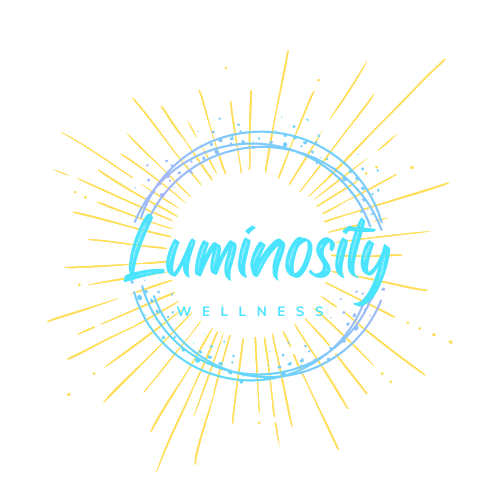Seasonal affective disorder (SAD) or the “winter blues” is a type of depression that affects many people during the late fall and winter when the hours of daylight grow short. The National Institute of Health estimates that millions of Americans, especially women, struggle with this seasonal depression. Signs of SAD include weight gain, lower energy levels with a strong desire to “hibernate” and an inability to focus.
Early in my career as a Naturopathic Physician I met a young woman named Patty with everything going right in her life. She had recently graduated with a master’s degree in Social Work, was promoted to director of a non-profit in her dream field and was engaged to a supportive partner. She confessed that she thought she was very sick, she was worried that she had cancer or something because she knew she should be over-the-moon happy, but she was so tired it took all her strength just to get out of bed, go to work and then come home… she just wanted it to end.
Well…Patty is still here, and doing much better! She is now married and still working at that non-profit! We determined that her seasonal affective disorder was caused by a nutrient imbalance. We ran labs and found she had critically low vitamin D levels.
Low Vitamin D levels are one of the many causes that can lead to seasonal affective disorder. Patty started supplementing with vitamin D and she also changed her honeymoon to a sunny tropical location!
With so many of my clients struggling with Seasonal Affective Disorder and its side effects I decided to share a few simple steps to help alleviate these symptoms throughout the fall and winter.
-
Exercise: Move your body daily. It does not have to be training for a triathlon, but any movement will help. Getting the blood moving in the body and taking deep breaths helps make the ‘feel good’ hormones naturally. Participating in group exercise classes imparts a sense of community and fights feelings of isolation.
-
Invest in a happy light or other form of light therapy. Light boxes and “blues bulbs” are widely available through Amazon or other stores, and inexpensive. When looking for a light box or bulb, find one that can deliver a minimum of 10,000 lux. The light should be used at first awakening for 20 to 30 minutes. The position of the light should be above your head or at a 45 degree angle to avoid looking at it directly and also to mimic the position of the sun. I suggest daily use during winter.
-
See your doctor and have labs check to see if your vitamin D levels are in a therapeutic place. Vitamin D is made during the sunny months of the year and since we live our lives inside and in front of computers many people have low reserves going into the fall and winter seasons. Optimizing your vitamin D levels has many benefits beyond just fighting depression.
Naturopathic Medicine is, in my not so humble opinion, at its best when it helps people thrive. For Patty, that meant figuring out the root cause of her seasonal depression and helping her heal. For other clients, that means preventing seasonal depression from happening at all.
Please don’t wait until Seasonal Affective Disorder finds you. Say “Not this year” to Seasonal Affective Disorder and find yourself waking feeling rested, having all day energy, and not having to figure out how to diet away the winter weight gain. Give our office a call and we can get you the support you need.
